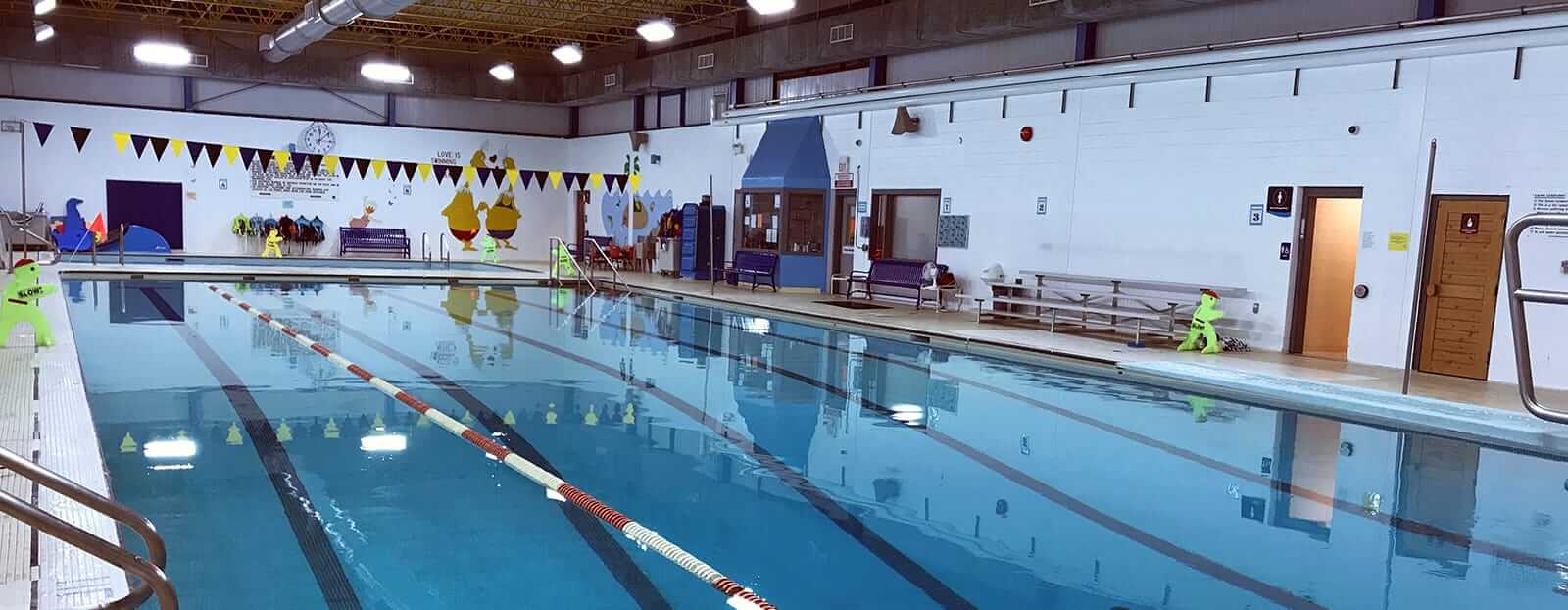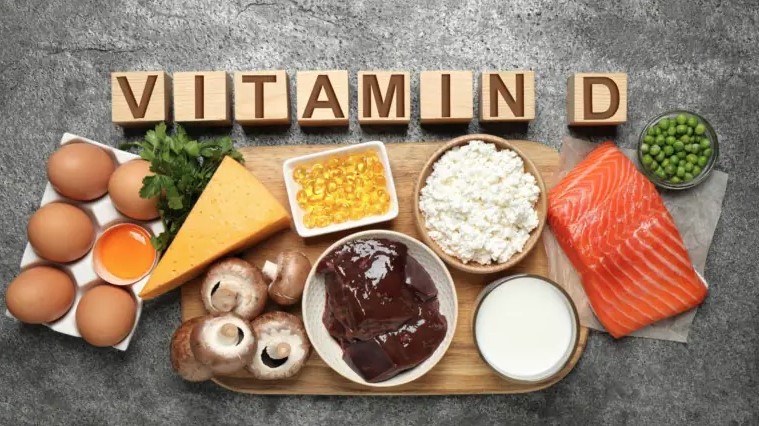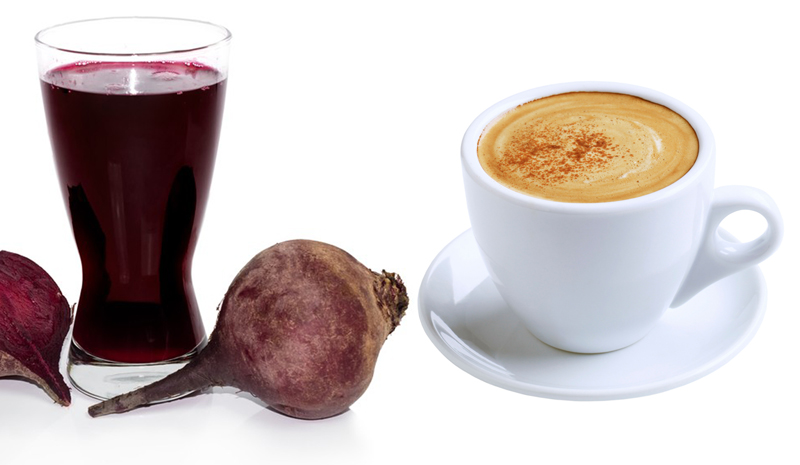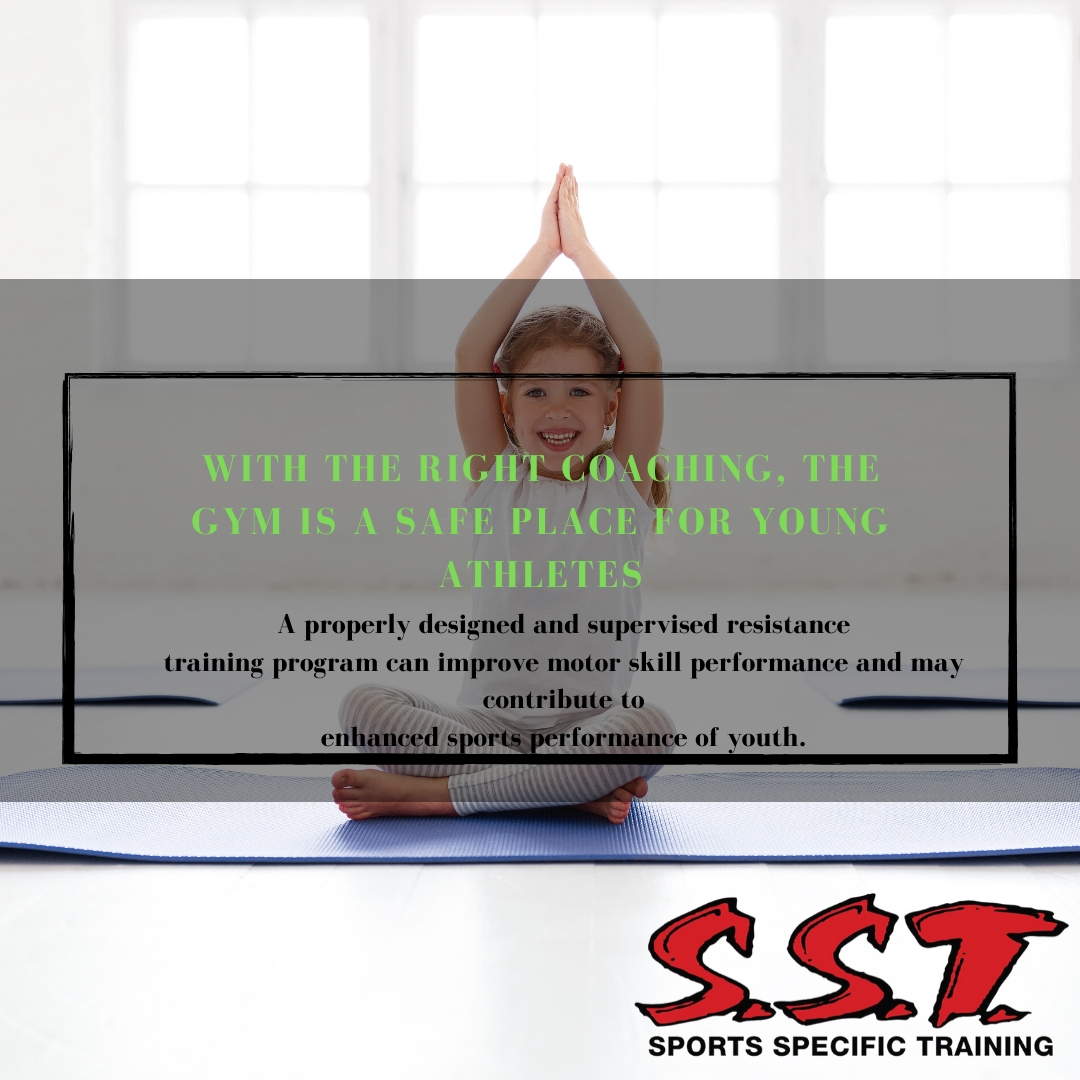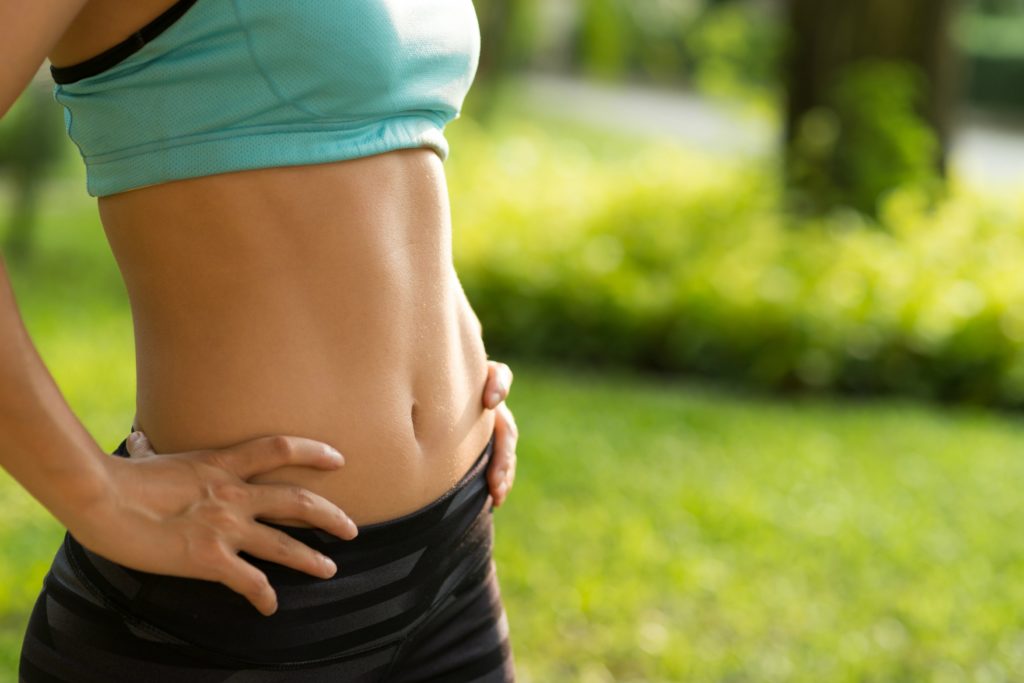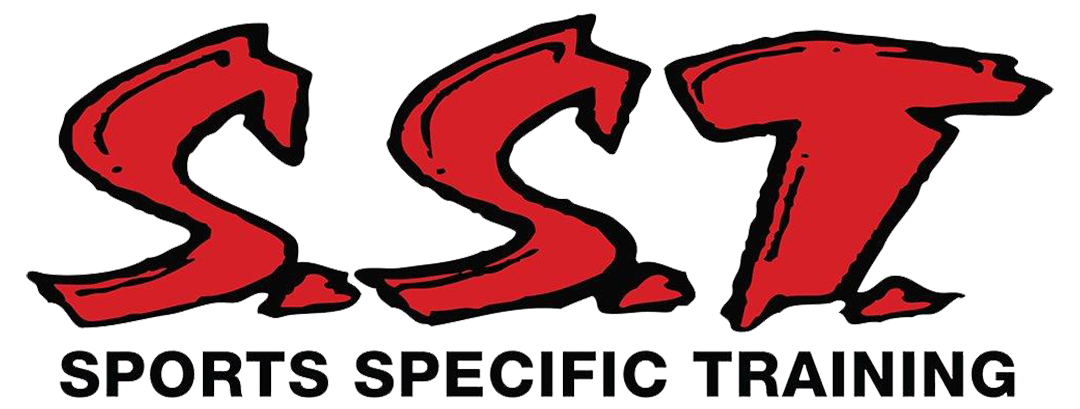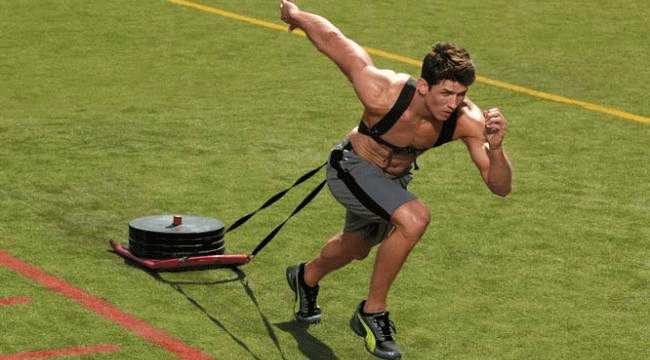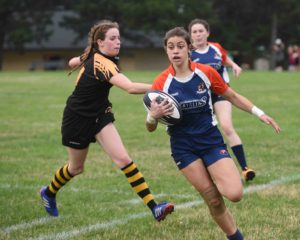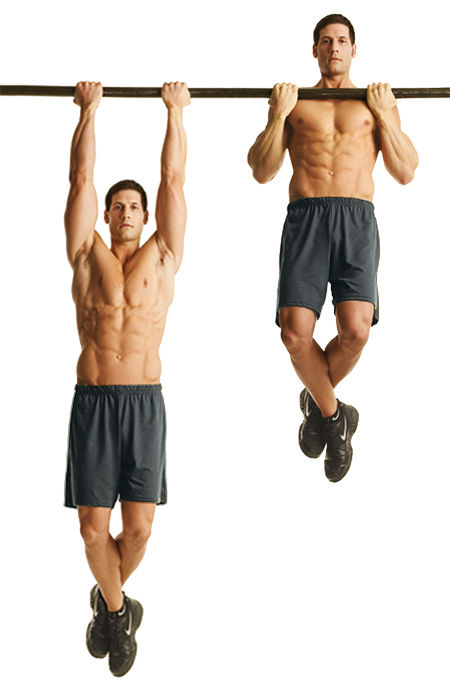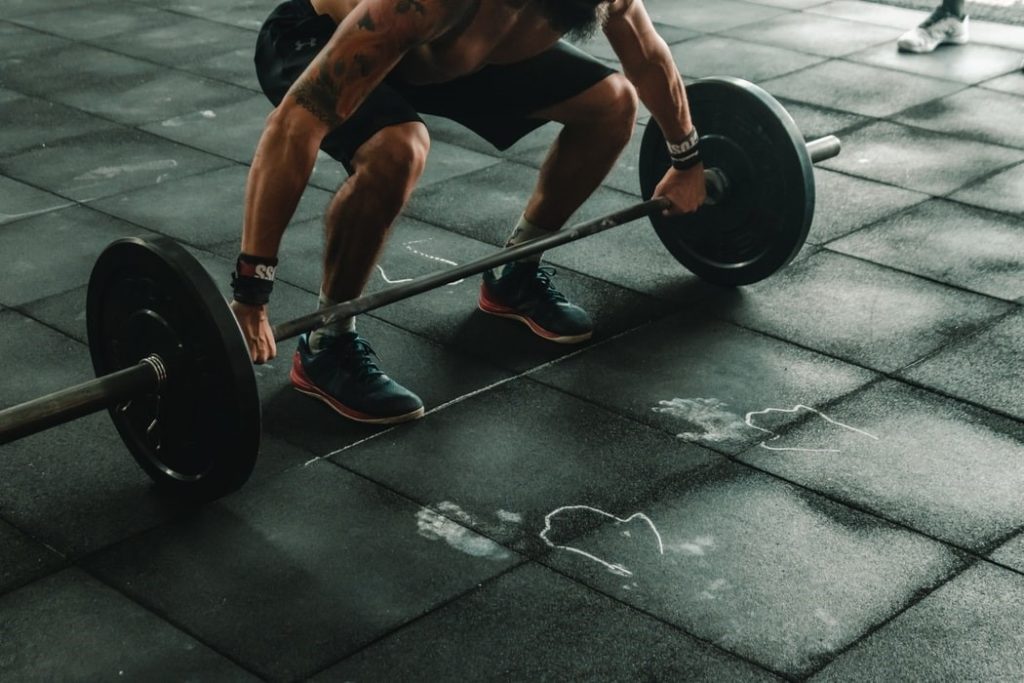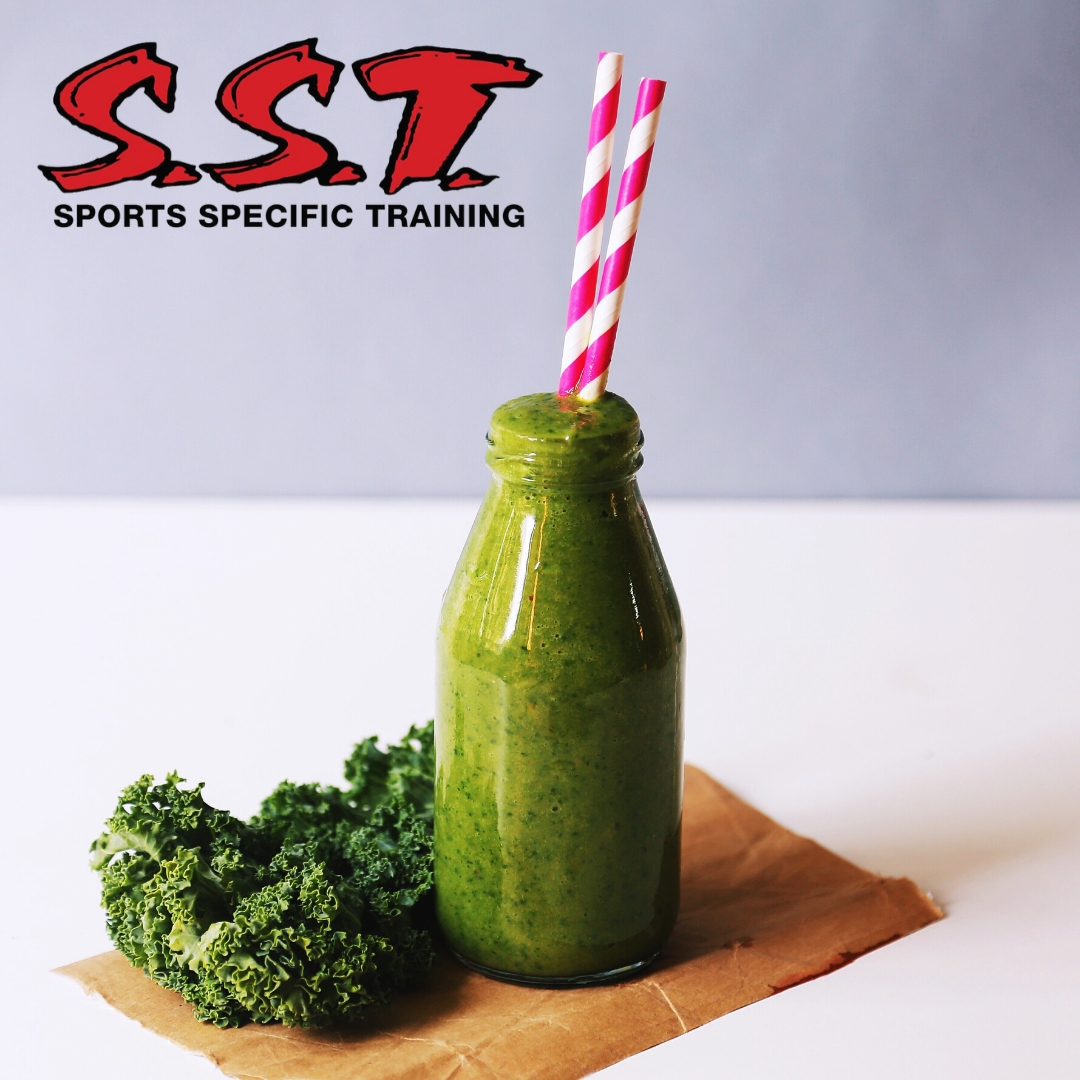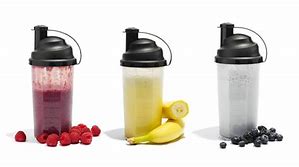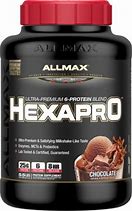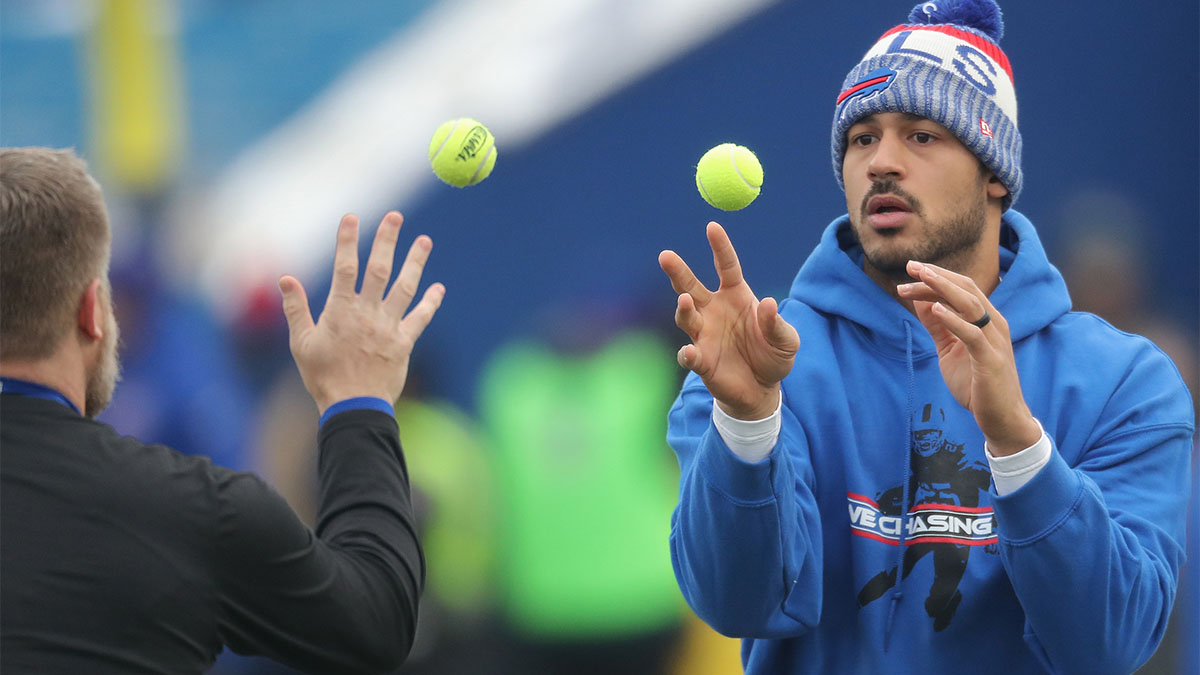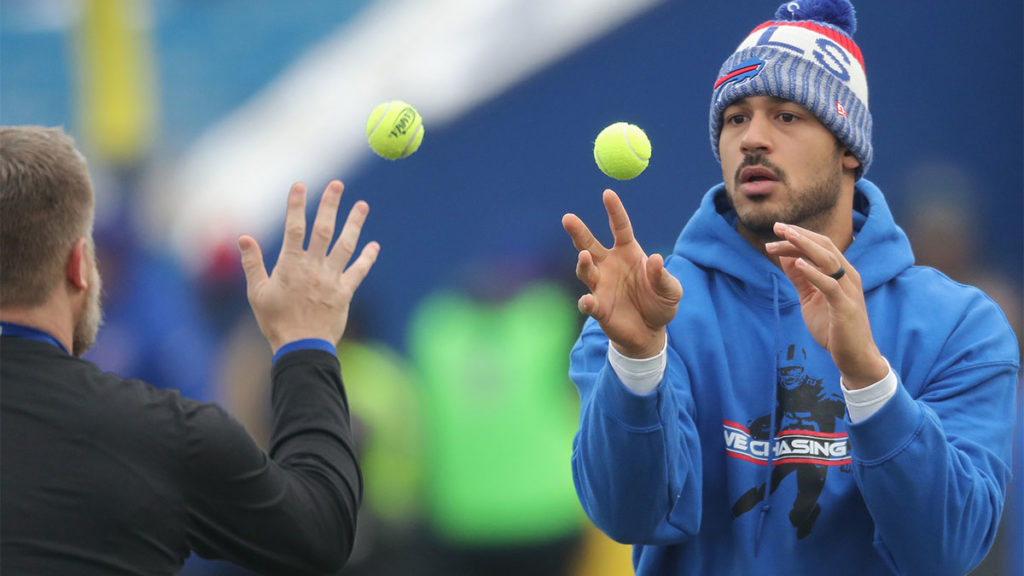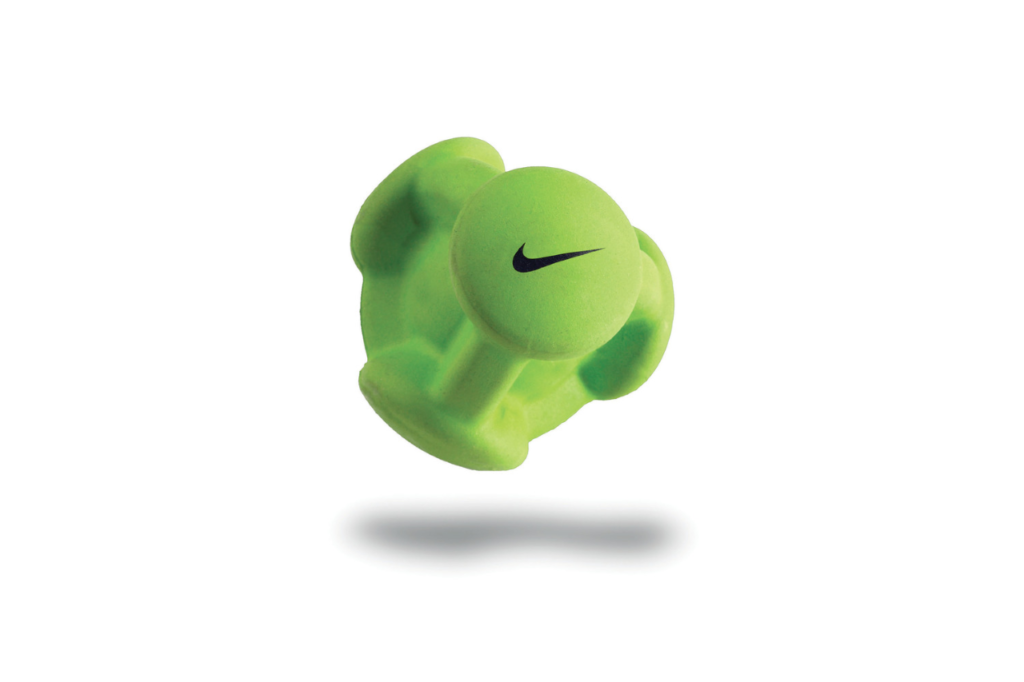Coffee Improves Endurance Performance.
Wake up, rush through your daily morning routine, and hurry out the door to make it to work on time. While waiting in the Timmy’s drive-thru line you can’t help but get an eerie feeling you forgot something. You continue on with full determination, knowing your morning “boost” is just a couple cars away. Does this sound like you?
Coffee is one of the most regularly consumed beverages, because it provides the energy and focus needed to get through our hectic days. Coffee’s main ingredient, caffeine, acts as a central nervous system (CNS) stimulator making us feel more alert and focused. In addition, coffee contains anti-oxidants, polyphenols, and tannins… all good for the body. For this reason, coffee has become a popular pre- workout choice of many athletes. But does it actually work?
Part 1 of this 2 part series will focus on coffee and its effects on endurance performance. Runners, cyclists, rowers, I have good news. COFFEE CAN IMPROVE PERFORMANCE!
In A 2016 review (1), coffee was reported to improve time to exhaustion trials by an average of 24% and time to completion trials by 3%… in a 2 hour race that’s over 3.5mins faster… can you say, new PR?!
These positive effects are largely due to caffeine blunting the inhibitory effects of adenosine. Adenosine is a neurotransmitter in the brain that “inhibits” the CNS. What you are left with are feelings of reduced perceived exertion, pain, and improved vigour during training. At the muscular level, caffeine aids in the excitation-contraction process by increasing Calcium flux. So far so good, right? Well it gets better… there does not seem to be a diuretic response or any other fluid level concerns that could hinder your performance… amazing!
However, what about those of us who aren’t triathletes, marathon runners, or Olympic rowers??
The truth is, the majority of the more common everyday sports like hockey, basketball, football, baseball, etc, rely on more anaerobic energy systems, and are characterized by short, high intensity intermittent bouts of effort. Therefore, these sports may not receive the same ergogenic benefits from coffee.
Coffee Improves speed-endurance and high intensity intermittent exercise.
Unfortunately, the research on coffee as an ergogenic aid for anaerobic and power activities is not as clear cut. What we do know is that caffeine can aid individuals performing intermittent bouts of high intensity exercise lasting 4-6s long (most of our SST athletes fall under this category!!). In addition, sports requiring speed endurance (1-3min bursts) also seem to be aided by caffeine consumption.
What about resistance training? Can coffee improve my 1RM?
Sorry guys, not this time. Maximal strength seems to be unaffected by caffeine intake.
However… recent studies involving lower body repetitions to failure offer introductory evidence that caffeine improves endurance in the weight room. More reps = more growth = bigger, stronger, and more powerful legs.
- Coffee consumption enhances endurance performance.
- Coffee consumption can enhance some aspects of anaerobic and power performance.
What if I told you there may be another natural dietary food product that may be superior to coffee as a pre-workout?
That’s right, the emergence of beetroot juice as an ergogenic aid is receiving lots of attention in today’s sports science nutrition research!
Next week, we will find out exactly what all the “buzz” is about…
Don’t forget to follow us in social media to keep up to date with SST Burlington!
Click here for our facebook page… Here for Instagram and Here for our free at home 14 day Quranlean e-book!


